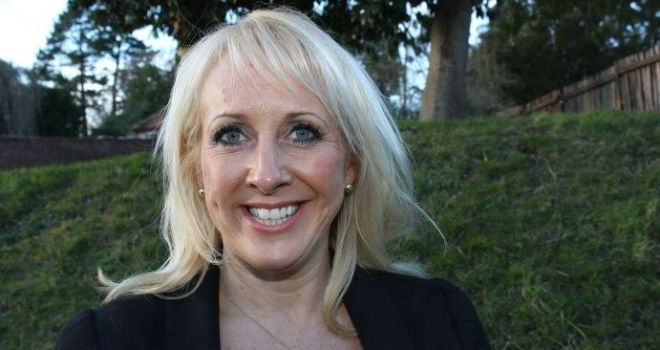
"Protection insurance is rarely just bought; it’s sold."
Recent research shows the “protection gap” as wide as ever. A recent survey of 2,000 people, for example, found just a quarter (26%) had life insurance. Even fewer – just 6% – have critical illness cover (despite those holders being six times more likely to claim than those with life cover). Only 4% take income protection. One of the most common reasons people say they don't take cover is that they don’t see, or even understand, the benefit. That strongly suggests we need to do a better job of explaining the risks.
It’s not about the hard sell. Proper protection advice is about presenting the facts at the outset: The fact that someone in the country dies every minute; that one in two people in the UK will develop some form of cancer during their lifetime; that more than two million people at any one time are off-work with long term sickness; and that, with rare exceptions, most borrowers and their families are badly under-prepared for such events. As the Money Advice Survey recently found, millions have less than £100 in savings.
If statistics don’t persuade borrowers of the need for cover, brokers who have worked in the industry for a while will usually have their own stories of what can and does happen. The important point is that borrowers understand that unthinkable, shattering, life-changing events are actually an everyday reality.
Doing a proper job of protection sales doesn’t end with signing the client up, though. It’s day-to-day work: Keeping in touch with clients, monitoring and reviewing their protection policies to ensure they retain adequate cover as their circumstances change. Again, it’s not about pushing products, but making sure you understand clients’ needs, that they understand the risks they run and the protection they have remains suitable given any change in circumstances.
There’s one final piece to doing a better job of selling protection, though, and it’s not one for the brokers: More is needed from providers on a national scale to make people aware that strategies happen. People need to be shown the hard-hitting reality of not having cover. Payout rates in the industry are also generally good, and much higher than the public believes. Therefore, placing protection adverts on TV and radio alongside to the plethora of mortgage ads would be a step in the right direction.
We all have a role to play, because increasing uptake of protection insurance isn’t just good business for the industry; given the risks households face, it’s a moral obligation.
